A deep dive into champeta criolla.
NTS DJ and curator Edna Martinez guides us through the world of champeta criolla with a special guest mix.
When did you start collecting records?
There were some records at my parents’ house that I inherited, but it was around 2011 that I was able to start accumulating my own vinyl records in an organized way.
Why does vinyl appeal to you?
I come from the Colombian Caribbean, an incredibly musical place, I can not remember anything without sound. Indeed, I think music has always been there in the form of CDs, records, cassettes and digital files. As I like it so much, I have collected music in all its formats. From the vinyl, I really like the warm fidelity of the sound of the recording, but I also love the different layers of information it contains on the covers, booklets, texts, and its materiality. It’s just beautiful to play records.
How and where do you discover new records?
Hanging out with friends who are also music lovers or collectors, listening to selectors, researching archives. Looking forward to new productions that come out on the internet, I enjoy listening to what independent record labels release.
How would you describe the mix?
I would say a selection of champeta criolla on vinyl is quite uncommon and its sound stands for the Colombian Caribbean. This mixtape contains iconic songs where the influence of mbaqanga and soukous is noticeable and it features classic singers of this genre, who are mostly from Palenque, the first free town in America.


Could you tell us a little background on champeta criolla?
Champeta criolla emerged in the ’80s in Cartagena, Colombia. It started at the central market (Bazurto) with a proper sound from a production that had been made with limited access to the technological advances of the moment.
Champeta belongs to popular culture, and it manifests the strong impact and influence generated by the arrival of African and Caribbean vinyl records that started during the ’70s. Its diffusion occurred mainly through picós–powerful sound systems typical of the region, which are part of the local identity.
Why does champeta criolla appeal to you personally?
I grew up listening to champeta and many of these songs are related with memories and with the deep connection that exists between Africa and the Colombian Caribbean. Champeta and Picó sound system culture are elements that I am lovingly promoting through radio shows (NTS, Worldwide FM, Radioalhara), DJ sets and texts.
Listen to the mix in the player above, view the tracklist below, and read on for some more handpicked selections from Martinez.
Tracklist:
Louis Towers – El Liso en Olaya
Rafael Chávez – La Ingrata
Charles King – El Bicarbonato
Louis Towers – La Cárcel
The Zaire Band – El Coyo
Candido Perez – El Perro Que Habla
Alvaro el Barbaro – El Pato Donald
Melchor El Cruel – El Propio Ratero Salao
Hernando Hernández – Un Clavo Saca Otro Clavo
Rafael Chavez/Kussima – La Segueta
Melchor El Cruel – El Gago
Elio Boom – La Turbina
Alvaro El Barbaro – La Cara sucia
Messier Boogaloo – Chavo del 8
Hernan Hernandez – Prende La Moto
Justo Valdez – Rescatame Si Puedes
Mr. Black – La Manca
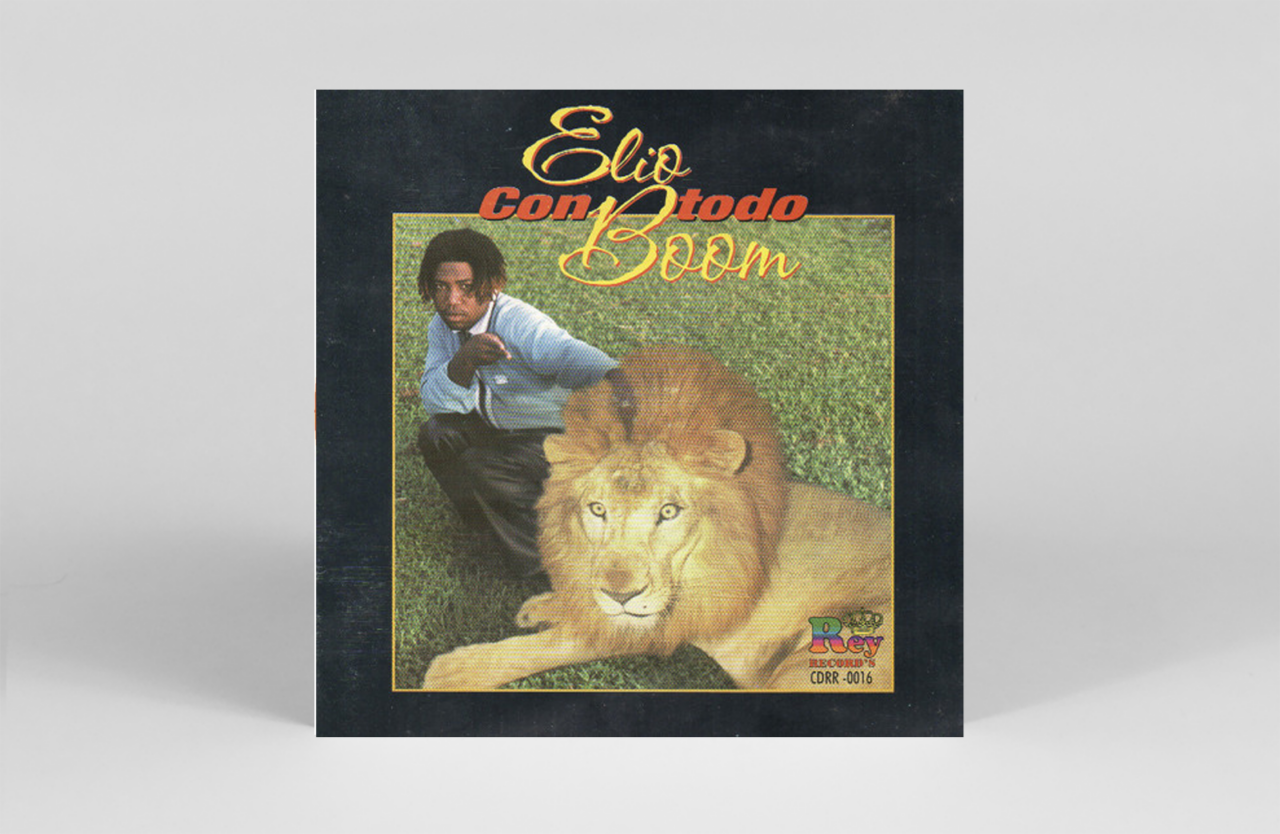

Elio Boom
“La Turbina”
Maybe the biggest hit of the champeta criolla, the first track to reach the whole country. The record with the same name got a platinum record of sales.
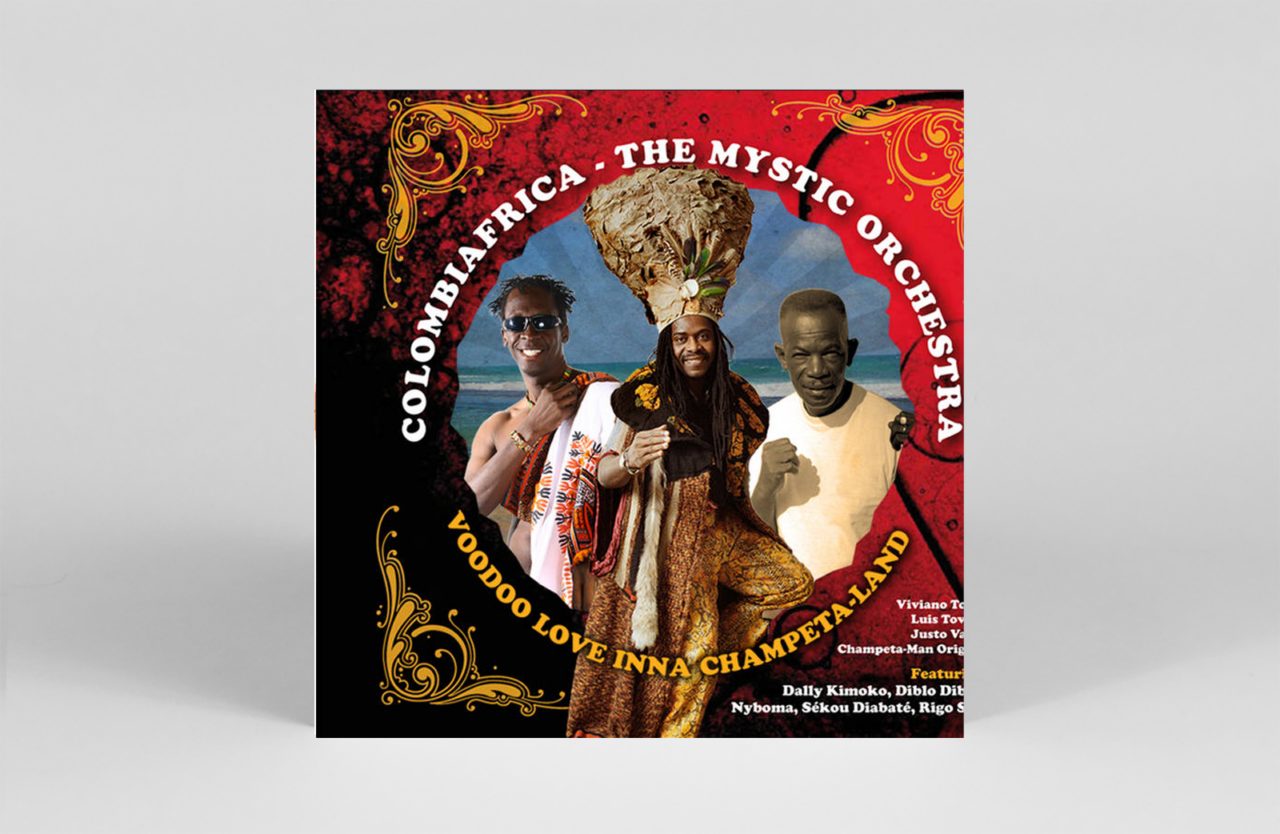

Louis Towers
“El Liso en Olaya”
In this track, the influence of Caribbean rhythms like soca are very present. This was the first champeta song with Louis Towers officially as a champeta singer and it was a success.
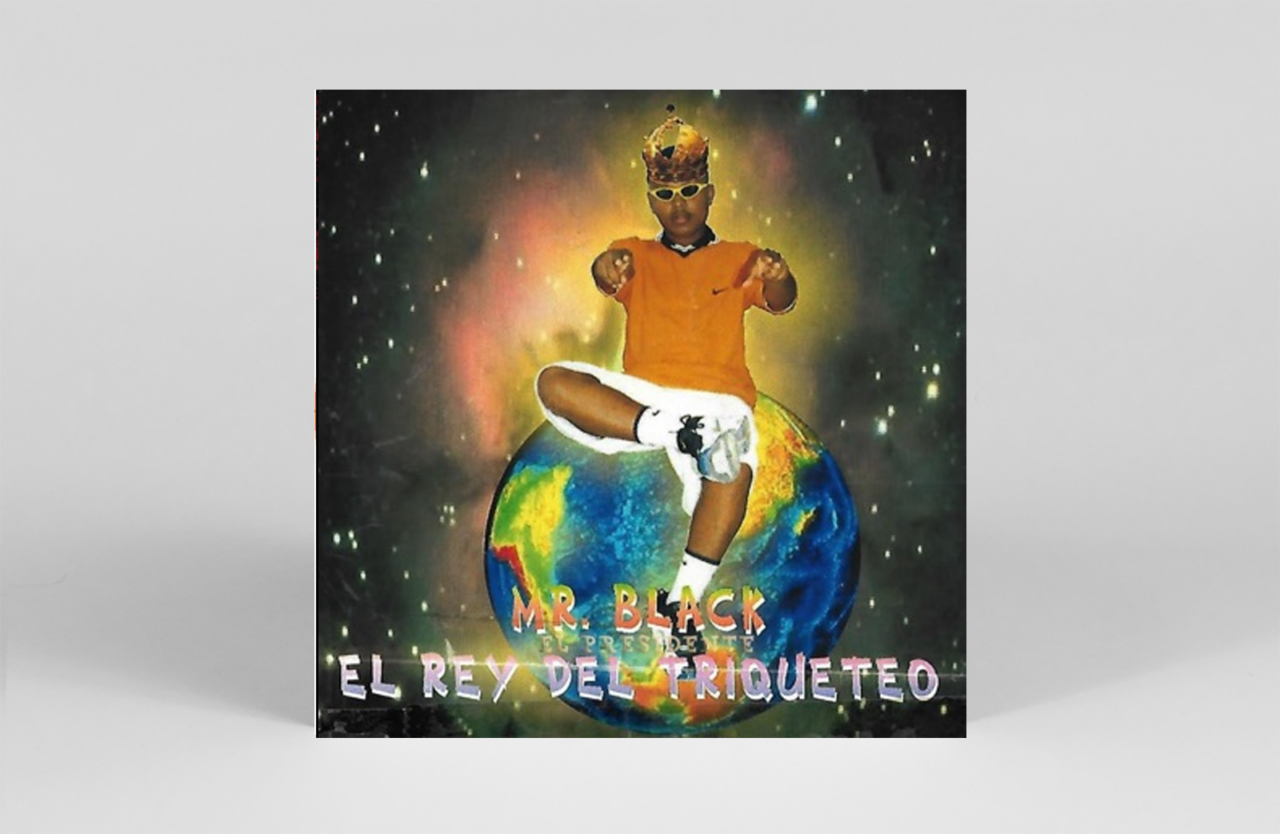

Mr Black
“La Manca”
Uptempo track from 1997 with a distinctive champeta sound further away from the African covers of the first songs of the genre. Mr. Black is a renowned champeta who is continuously releasing bangers.
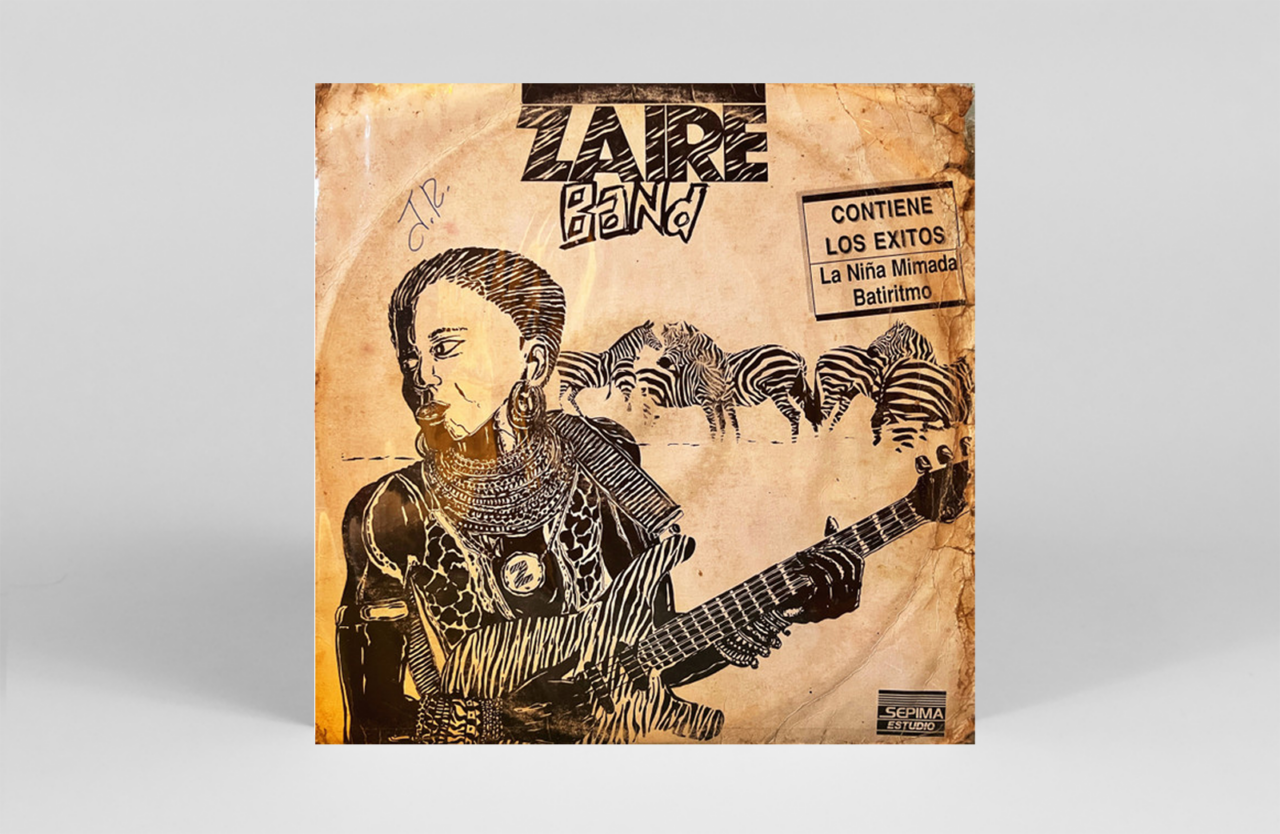
The Zaire Band
“El Coyo”
“El Coyo” is a cover of Princesse Goyo by Souzy Kasseya and it was done by The Zaire Band which was actually a local band trying to imitate Congolese music. Sometimes this was a way to recreate the same music and change the length of parts of the tracks like a chorus for instance.
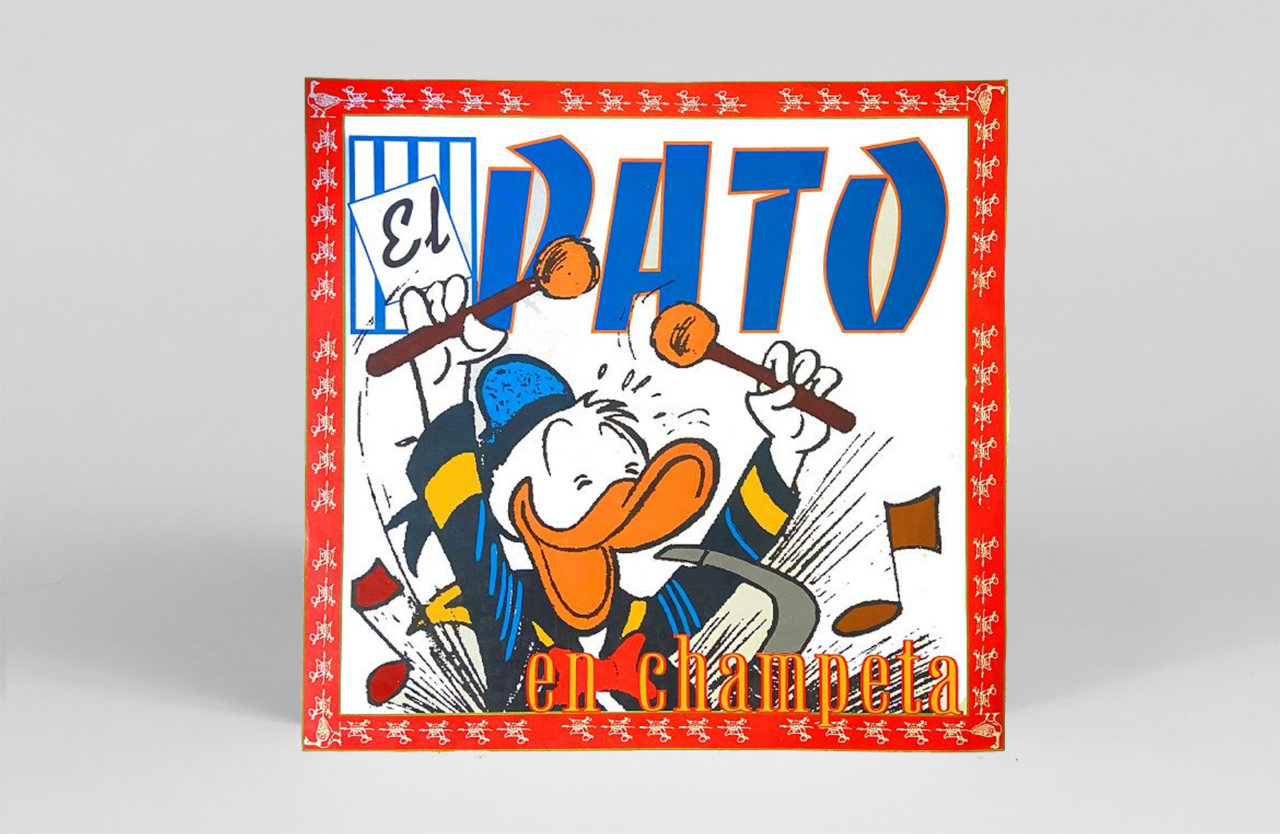

Alvaro El Barbaro
“El Pato Donald”
There were many champeta tracks inspired by TV series and cartoons. This is a very popular and funny one.
Read more: Discovering new Dutch sounds
